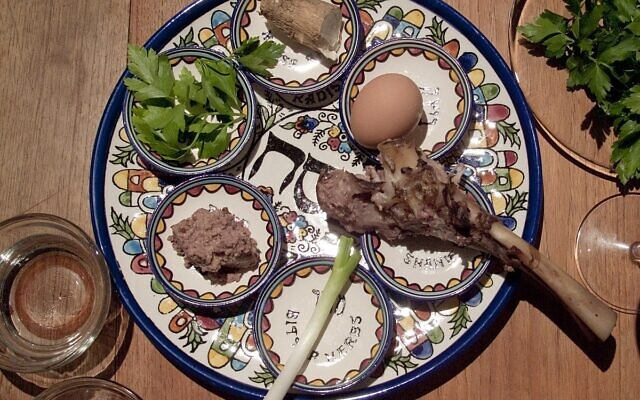Two Sides of the Same Seder Plate
Ashkenazi and Sephardic Jews share many things in common but differ slightly when it comes to Passover traditions.
The Jewish community prides itself on being united as we strive to see our similarities instead of our differences.
However, the community is distinctly divided into two groups, depending on where their lineage hails from — Ashkenazi Jews from Central and Eastern Europe and Sephardic Jews from the Iberian Peninsula and North Africa.
And when it comes to Passover, the two groups differ on one significant rule: whether or not to allow kitniyot (rice, corn, millet, dried beans and lentils, peas, green beans, soybeans, peanuts, sesame seeds, poppy seeds, and mustard).
Sephardic Jews allow consumption of kitniyot on Passover, while Ashkenazi Jews do not.
Sephardic Jewish seders differ from Ashkenazi seders in other ways as well. Sephardic Jews do not recite a blessing over the second or fourth cups of wine, while Ashkenazi Jews do. And some Sephardic Jews choose to end Passover with a final celebration called a mimouna, which is in honor of Rabbi Maimon, father of the Jewish sage, Maimonides.
SEDER PLATE
Karpas: a green vegetable
Charoset: sweet, fruit-based paste
Maror: bitter herb
Hazeret: second bitter herb
Zeroa: shank bone
Beitzah: egg
*Sephardic Jews add three pieces of matzah to the plate




comments